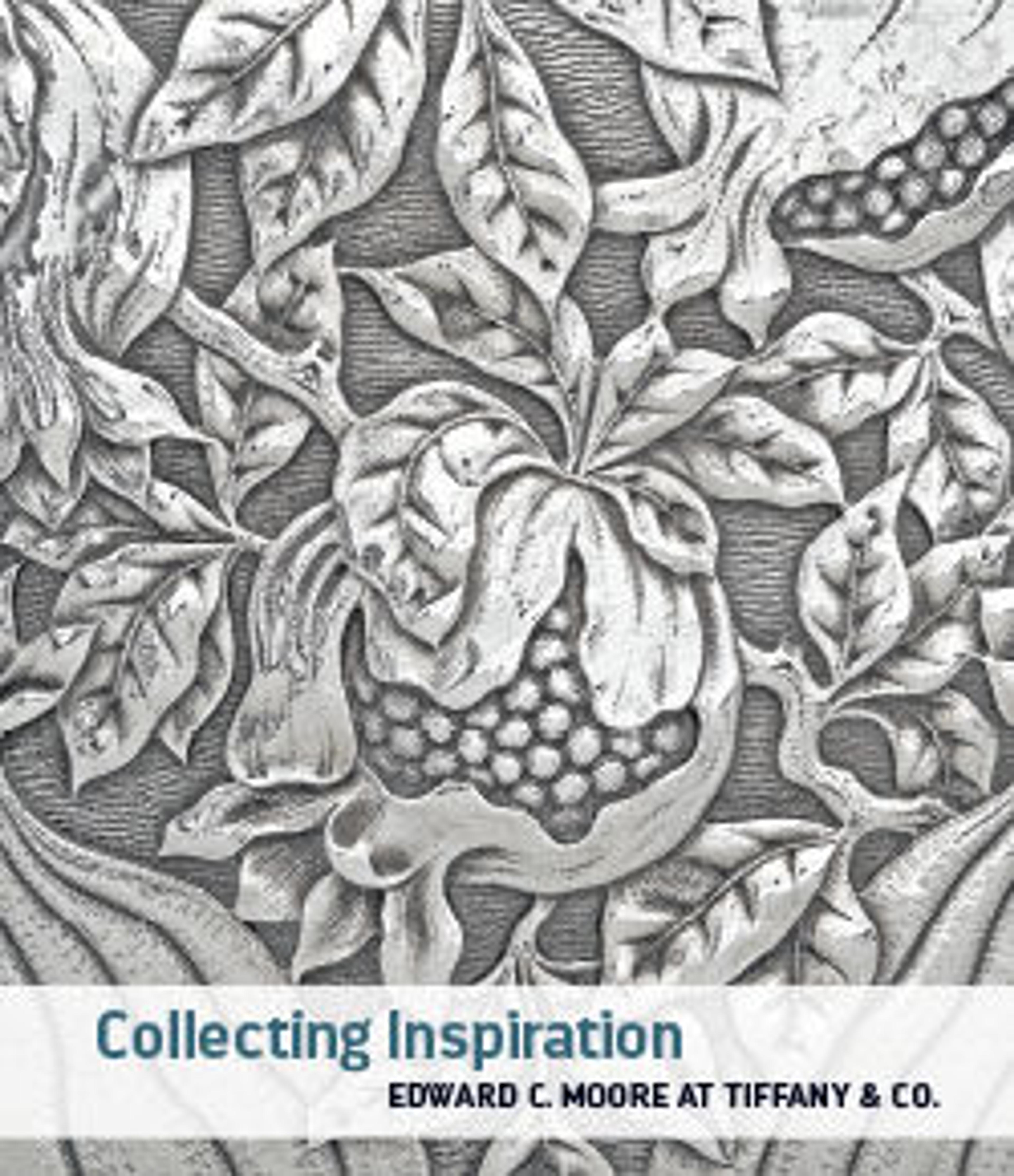Sword Guard (Tsuba) Depicting Heron on Boat (一路平安図鐔)
This tsuba shows on the obverse a heron standing with one leg raised at the edge of a boat, a symbolism that represents such a peace and calmness that it was therefore traditionally associated with wishing someone a "safe journey" (ichiro-heian) in Japan. The upper left area shows a rising sun and on the reverse we see the moon and towards the bottom a small rock formation, small bamboo, and running water.
The artist Shōzui (政隨, 1696-1769) was trained by master Nara Toshinaga (奈良利寿, 1667-1736). After finishing his apprenticeship, he parted with the Nara School and established his own school, the Hamano (浜野) School, which became one of the most thriving and influental currents of the art of sword fitting making throughout the Edo period. Apart from Shūhōsai (穐蜂斎), Shōzui also used the art names Otsuryūken (乙柳軒), Miboku (味墨), Yūkotei (遊壷亭), Keitō (圭竇), and Keitōrin (圭竇林).
The artist Shōzui (政隨, 1696-1769) was trained by master Nara Toshinaga (奈良利寿, 1667-1736). After finishing his apprenticeship, he parted with the Nara School and established his own school, the Hamano (浜野) School, which became one of the most thriving and influental currents of the art of sword fitting making throughout the Edo period. Apart from Shūhōsai (穐蜂斎), Shōzui also used the art names Otsuryūken (乙柳軒), Miboku (味墨), Yūkotei (遊壷亭), Keitō (圭竇), and Keitōrin (圭竇林).
Artwork Details
- Title:Sword Guard (Tsuba) Depicting Heron on Boat (一路平安図鐔)
- Fittings maker:Shōzui (Japanese, Edo, 1696–1769)
- Date:18th century
- Culture:Japanese
- Medium:Iron, gold, copper-silver alloy (shibuichi)
- Dimensions:H. 2 7/8 in. (7.3 cm); W. 2 11/16 in. (6.8 cm); thickness 1/4 in. (0.6 cm); Wt. 4.9 oz. (138.9 g)
- Classification:Sword Furniture-Tsuba
- Credit Line:Edward C. Moore Collection, Bequest of Edward C. Moore, 1891
- Object Number:91.1.838
- Curatorial Department: Arms and Armor
More Artwork
Research Resources
The Met provides unparalleled resources for research and welcomes an international community of students and scholars. The Met's Open Access API is where creators and researchers can connect to the The Met collection. Open Access data and public domain images are available for unrestricted commercial and noncommercial use without permission or fee.
To request images under copyright and other restrictions, please use this Image Request form.
Feedback
We continue to research and examine historical and cultural context for objects in The Met collection. If you have comments or questions about this object record, please contact us using the form below. The Museum looks forward to receiving your comments.
